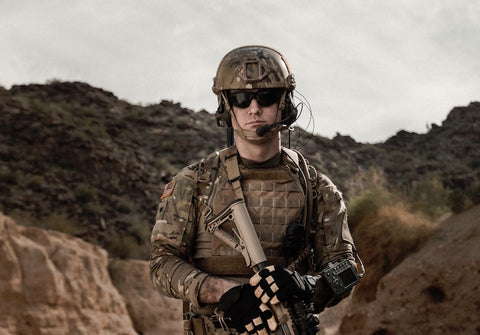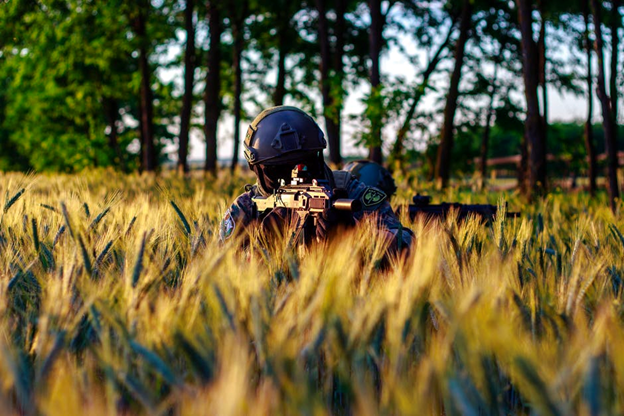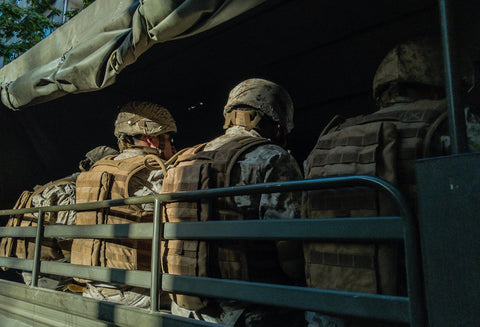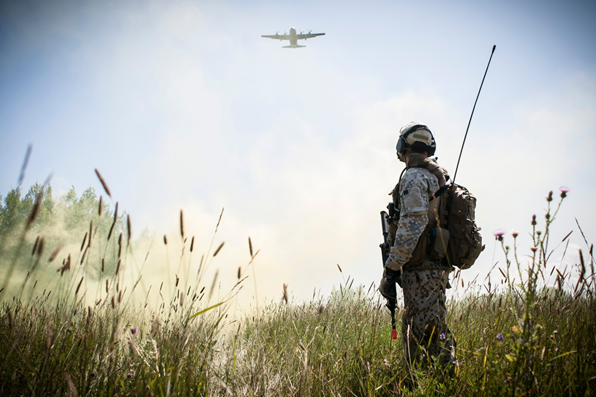The Different Sectors of Canada’s Military

How the Military’s Three Sectors are Different
Thousands of Canadians join their country’s military every year. The military has plenty of sectors with roles small and large – each one combines to make up one of Canada’s biggest institutions.
The Canadian military is quite complicated. Read below to learn more about how it works, including the different divisions and how they work.
Background About the Canadian Military
The Canadian military has a rich history. As Col. C.P. Stacey puts it in the book Development of the Canadian Army – The First Two Centuries: The Old Militia:
“The history of the Army in Canada is as long as the history of the country itself, and forms a larger part of it than many Canadians realize. The Canadian soldier of today is the heir of a very old and a very proud tradition, and a tradition peculiarly his own. The Canadian Army shares many historical experiences with other forces - particularly the British Army - but some of those that helped to shape it are uniquely Canadian and are shared with nobody.”
Canada has centuries of military expansion in its history books, with the 17th century being considered the dawn of the ‘early years.' Many also point to the War of 1812 as a significant time period for the development of Canada’s army.
The Canadian Armed Forces was actually created on February 1, 1968 – that day marked the merge of the Royal Canadian Navy, Canadian Army, and the Royal Canadian Air Force.
This happened when the Minister of National Defence, Paul Hellyer, and the Associate Minister of National Defence, Lucien Cardin, presented a white paper to Parliament.
The white paper was a document that provided an outline for the restructuring of Canada’s army and related institutions. It called for three of Canada’s military sectors to join and exist as sectors under one system: the Canadian Armed Forces.
Can you name those three sectors? They are as follows:
- The Royal Canadian Navy
- The Canadian Army
- The Royal Canadian Air Force
The Different Sectors and Rankings Within Them
Whether you’re thinking of joining the military, or you’re simply interested in the history and structure of this institution, you may be curious about how each sector actually works. We’ve explained the specifics below.
The Canadian Army
The Canadian Army is the ‘land’ component of Canada’s military. Its rankings are based on criteria including merit, training, and abilities.
At the top is the Commander-in-chief, who can exercise full command over the ranks below.
Underneath them is the officers, which includes: the General; the Lieutenant-general; the Major general; the Brigadier-general; the Colonel; the Lieutenant Colonel; the Major; the Captain; the Lieutenant; the Second lieutenant; and the Officer cadet.
The Canadian army consists of soldiers who partake in operations both on homeland and abroad. Their missions consist of many twists and turns, including everything from land surveillance to combat.
The Royal Canadian Navy
The Royal Canadian Navy is the ‘water’ component of Canada’s military. It contains three main formations – the Maritime Forces Pacific, the Maritime Forces Atlantic, and the Naval Reserve – and they all report to the Commander of the Royal Canadian Navy.
The Pacific and Atlantic formations are, according to the Navy’s website, responsible for contributing towards the guarding their respective maritime approaches, and meeting national, domestic, and overseas commitments for peace and security.
The Naval Reserve, meanwhile, includes 24 divisions and helps train individuals and teams for safety operations, security and defense missions, and opportunities to support the Navy’s national presence.
The Royal Canadian Air Force
As the name suggests, the Royal Canadian Air Force is the ‘air’ component of Canada’s military. The Air Force has 13 wings in Canada – 11 of which are used for operational purposes and 2 for training. Each wing represents a unit of command.
Colonels command wings, while lieutenant-colonels command squadrons. Following that, divisions are commanded by major generals, while brigadier-generals tend to be second-in-command of their divisions. Other ranks include captains, lieutenants, and second lieutenants.
Requirements For Joining the Military
Thinking of joining the Canadian military? For starters, you must meet a few basic requirements. You must be between 16 and 57 years old – and if you are under 18, you must have permission from a parent or legal guardian. You must also be a Canadian citizen who has completed Grade 10 or Secondary IV in Quebec.
After you apply, you’ll be screened and then participate in an aptitude test, which will determine which military opportunities you would be a good fit for. The test will also examine your verbal skills, problem-solving abilities, and spatial abilities.
Next, you’ll take part in a medical exam to ensure you are a good fit from a health perspective. You will also participate in an interview with an official from the military, similar to a job interview.
You can learn more here.
Conclusion
If you’re interested in joining or learning about the Canadian military, it’s a good idea to study the three main sectors. The military plays an important part in the country’s ongoing happenings, and it’s always a good idea to follow this to stay on top of the news.












